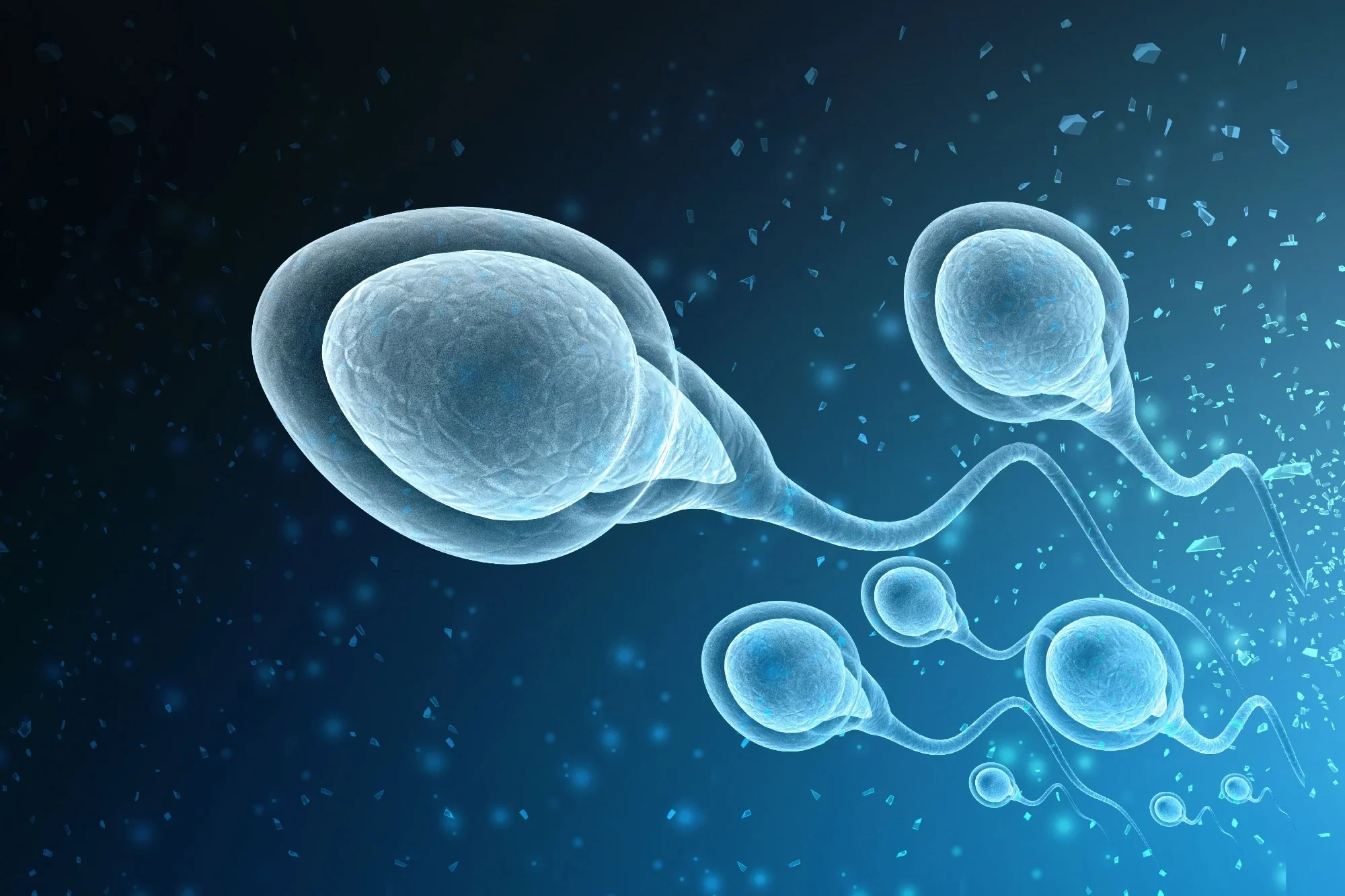Proteins and enzymes are both found in semen. In addition to proteins, ejaculate contains vesicles, which collect semen, and endodontic tissues, which facilitate semen transit through the penis. The fluids found in semen also aid in keeping the sperm cells mobile as they prepare to form sperm. The testes, which are typical glands in a fully grown male, are responsible for making sperm; they make up around 2% of the volume of semen.
Semen is mostly water and protein, with trace amounts of salt and other dietary and naturally occurring substances. An essential part of fertilization is the fluid that forms the ejaculate, which is called semen. In order for fertilization to take place, it is necessary for the sperm to travel across the reproductive system and reach the egg, where it is then discharged into the Fallopian tube.
In addition to the male reproductive system fluid (the sperms), the female reproductive system’s alkaline fluid, and the semen itself (mainly dead cells and proteins), there are other components of semen. Semen, the fluid that contains the male sperm and is released during ejaculation, is formed by combining all of these various components. Because everyone’s hormone levels and physical make-up is unique, the specific components of semen also range substantially from one another. Depending on the state the body is attempting to preserve at any given time, sperm might be either greasy or smell bad. A small amount of water and mineral salts make up the remainder of the semen, but the majority of it is sperm.

The composition of semen
How Does Prostate Health Affect Nutrition?
For sperm to be able to swim to their destination, semen nutrition is about balancing the different components of semen. Sperm have a better chance of reaching their destination when the individual consumes a diet rich in magnesium, potassium, and calcium. The optimal health of both the lady and the sperm depends on having the right amounts of these three minerals.
Semen contains minerals that include elements like magnesium, potassium, and calcium. A solid framework for the sperm’s muscles is supplied by calcium. Potassium regulates the pH levels of the sperm as they swim. The fluids surrounding a man’s reproductive organs are controlled by magnesium’s ability to regulate sodium levels. Their correct operation is made possible by this.
Semen contains a number of fluids, one of which being prostatic fluid. The prostate gland secretes it, and it travels to the bladder via the testicles. The bladder then acts as a storage facility for the fluid until it is time to release it. The fluids, which can get contaminated at times, are filtered by the bladder. Therefore, an infection of the prostate gland and the tubes that hold ejaculates is one reason why the semen has a salty flavor. A salty flavor develops in the semen when the proportion of Prostaglandin Ester (Prostaglandin) in the seminal vesicles is low, since this causes the fluid to retain more salt.
Leave a Reply